A crash course in the history of Sydney for visitors.
I believe that knowing a little bit about the background of the places you are visiting can help you to develop a deeper appreciation of them. Today I want to share a short history lesson with you to give you a little insight into Sydney.
I am assuming you know very little so apologies in advance if this seems a bit elementary. If you persevere to the end I will share lots of ways to learn more while you are here. The article focuses on the colonial history of Sydney. I will cover the city’s rich indigenous history in a future post.
This page contains affiliate links. You can find our full disclosure policy here.
Why was Sydney settled in the first place?
A settlement in Sydney was established to solve a problem that the English were having with overpopulation in their prisons. A new destination was needed after the USA stopped transportation and it was suggested that the land Captain James Cook had “discovered” and claimed for the British in 1770 would be a suitable solution.
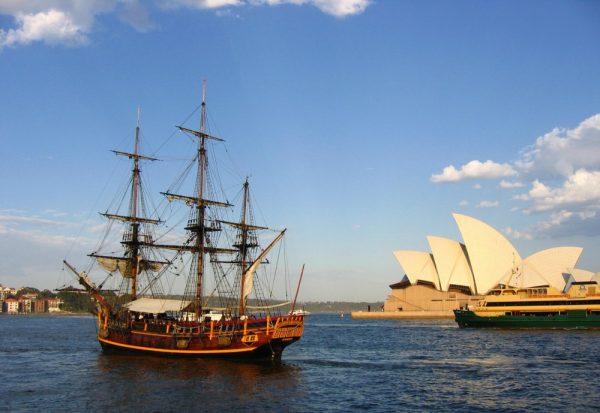
Can you imagine spending 3 months on a boat this size? If you pop into the Museum of Sydney you can see replicas of all the first fleet boats.
How did they choose the site for Sydney?
On Jan 18th, 1788 the First Fleet consisting of 11 ships arrived in Botany Bay, just south of where Sydney lies today. This was the site that Captain Cook had recommended as suitable for a new colony. Very quickly Governor Phillip discovered the soil was not suitable for growing crops and there was no fresh water source for drinking.
Phillip gathered some men and took a ship, exploring north in search of a better spot. Four days later they moved the fleet to Port Jackson (Sydney Harbour) where they had found a stream flowing from the area that is now Hyde Park into Sydney Harbour.
Why is the Tank Stream important?
This stream, later to become known as the Tank Stream became the cities first water supply and continued to supply water for years. Often even locals know very little about the Tank Stream and only in recent years has the importance of this watercourse been commemorated.
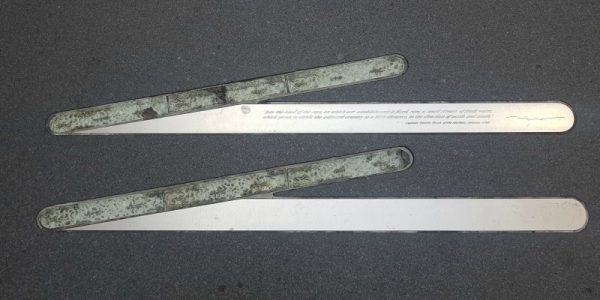
You can trace the path of the stream by following markers designed by artist Lynne Roberts-Goodwin mapping its route through the city street. If you pop inside the GPO building in Martin Place and head to the lower ground floor there is some excavation of the Tank Stream that has been preserved for visitors to learn more about it.
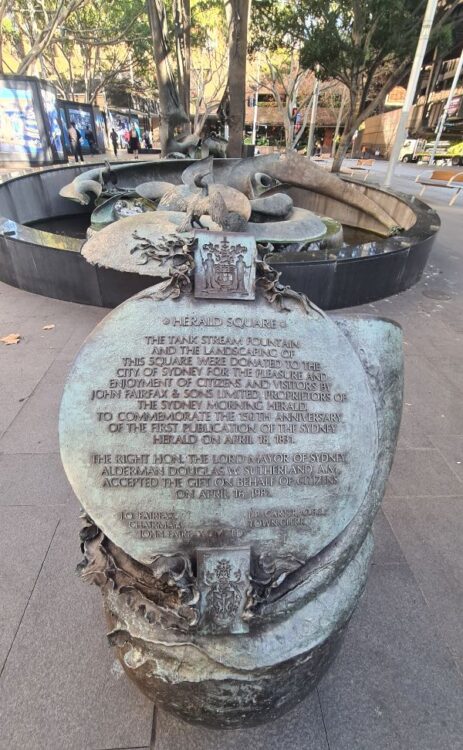
The biggest memorial to the stream is a sculpture by Stephen Walker, on the corner of George and Alfred Streets at Circular Quay. If the Tank Stream had not been discovered Sydney may city further north or south of its current location.
How was the city designed?
After walking the streets of Sydney for a short time you will realise that unlike many large cities with wide streets that flow in a predictable way the directions of Sydney’s streets flow with no distinguishable reason.
To explain how this happened this you need to know a little of the conditions of the first setters. The colony’s initial population was made up of 778 convicts 586 men and 192 women; mostly petty criminals that would not have been given jail time in the modern world, and 700 the odd officers and their families sent to look after them.
The Governor and his men were unprepared for the conditions they faced on arrival. The group lacked the knowledge and materials required to build a successful colony. The prisoners were largely unskilled and in poor health from their difficult voyage and lack of fresh food so progress in the colony was slow.
As a result, much of the city just happened rather than being the result of any formal planning. The area had been a very popular place for indigenous people and there were plenty of well-worn tracks between the shore and the inner parts of the city. The convicts went on to build roads and eventually buildings along these tracks.
Where are Sydney’s key colonial buildings?
The main historic buildings in Sydney are located along Macquarie Street and in streets surrounding Circular Quay and The Rocks. Many of these were designed by a convict. Among the few skilled men in these first arrivals was Francis Greenway, an architect charged with fraud who proved invaluable in helping shape the new town.
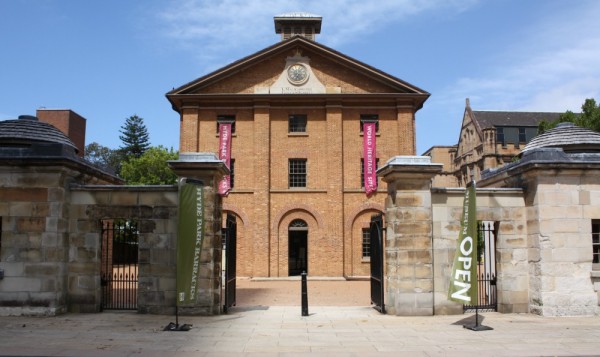
Several of his buildings stand today including the Hyde Park Barracks and St James Church which can be seen on my self-guided history walk.
He also designed the Macquarie Lighthouse at Dover Heights, Old Government House at Parramatta and the Conservatorium of Music in Macquarie Street. Fun fact, his face appeared on the $10 note from 1966-1993, an interesting memorial considering his original crime.
Sydney History in FActs and figures
- All 11 of the ships that made up the first fleet were smaller than a current Manly ferry. Can you even begin to imagine what it must have been like under such cramped conditions for 250 days!
- 9 of the Sydney ferries that service the harbour today are named after ships in the first fleet.
- 2 more fleets of convicts followed in 1780 and 1781.
- The first free settlers arrived in 1793.
- Transportation of convicts continued for 80 years and over 840 ships arrived carrying “new residents” for the city.
- 4 of the 11 convict sites listed on the UNESCO World Heritage list are in Sydney.
- The youngest convicts transported were 13-14 years old. A girl Elizabeth Hayward and a boy John Hudson
- On 24 January Captain La Perouse 2 French ships arrived in Botany Bay – would things have been different today if he had been a little earlier?
- Sydney officially became a city in 1842 and its name at the time was New Albion although it was already colloquially known as Sydney after Lord Sydney who had recommended the site for convict settlement.
Finding the best History of Sydney Walking Tours
One of the longest running walking tours of Sydney is The Rocks Walking Tour. This 90-minute tour explores Circular Quay and the back streets of The Rocks. The guides are specialists in this area and the history of Sydney. Groups are kept to a maximum of 25 and the guides are fantastic.
An excellent tour that covers much of the city centre and give a great introduction to the city’s beginnings is the Ultimate Sydney Tour by award winning tour small tour company Local Sauce. It’s hard to go past the quality of their guides who provide a very engaging experience.
Self Guided Tours of Sydney
If you are travelling on a budget my self-guided walking tour of the Rocks will have you uncovering some of the best of Sydney’s colonial history in a couple of hours.
Sydney city council has a great free app Sydney Culture Walks that includes 10 self-guided walks. A great one for history lovers is the Colony Walk. You can download the app for both Apple and Android phones.
Have questions about this article or your visit to Sydney? Head over and join our Sydney Expert Facebook Group where you can ask questions and get more great ideas for planning your visit to Sydney.
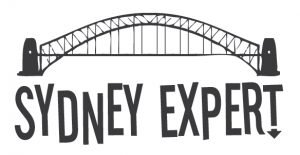
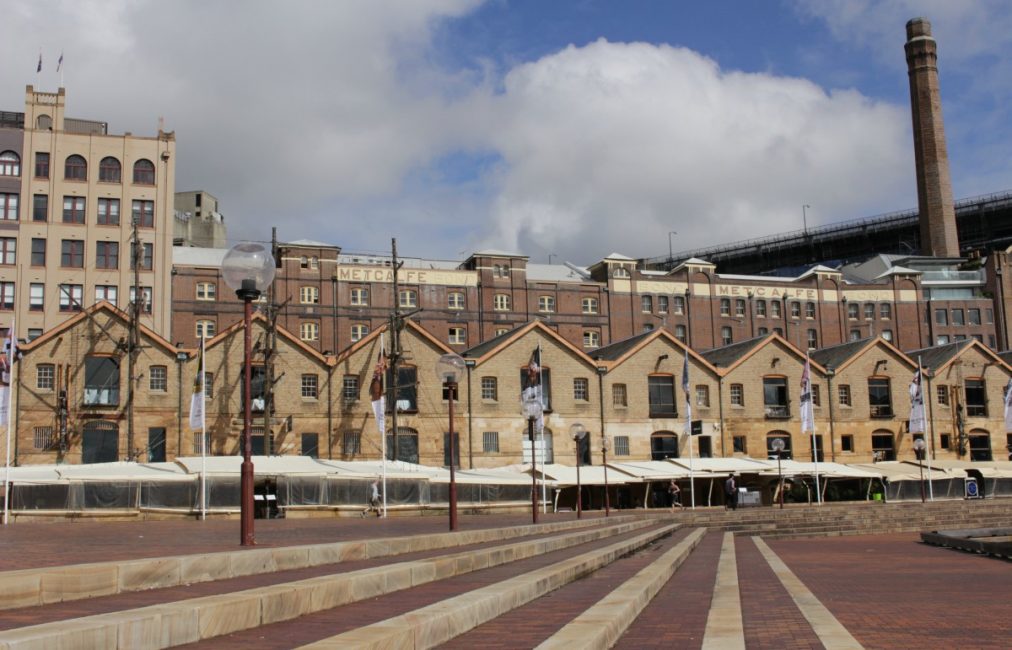

You have done a great job summarising Sydney’s early history. I enjoyed reading through it and learnt a few things, even though I have lived in Sydney for most of my life.
I wonder why Sydney was not named for Port Jackson? I did not realise that the infamous night club ‘TANK’ was named for its location on the Tank Stream! You really do learn something new everyday!
Great read, thank you Paula! I love exploring Sydney as if I am a visitor to the city. It gives an extra dimension to the familiar streets and sights.
Great summary Paula. I’ve done a Tank Stream tour with Go Local tours that was very informative.
Hi Paula
This came at the right time..I took my sister who was visiting Sydney for the first time for the Australia Day celebrations and I could not explain her much about the Sydney history..It was an embarrassing moment but later fun when we started visiting Rocks museum and started exploring together ! … Great, informtive read!
Glad it was helpful! I am surprised how many visitors don’t know much about the history of Sydney. The Rocks museum is a great place to start.
Glad it was helpful! I am surprised how many visitors don’t know much about the history of Sydney. The Rocks museum is a great place to start.
I love playing tourist in my own city when I can’t be off travelling elsewhere 🙂
Very informative, love those tours you recomend at the end, I recently downloaded the culture walk app, hoping to try it out soon.